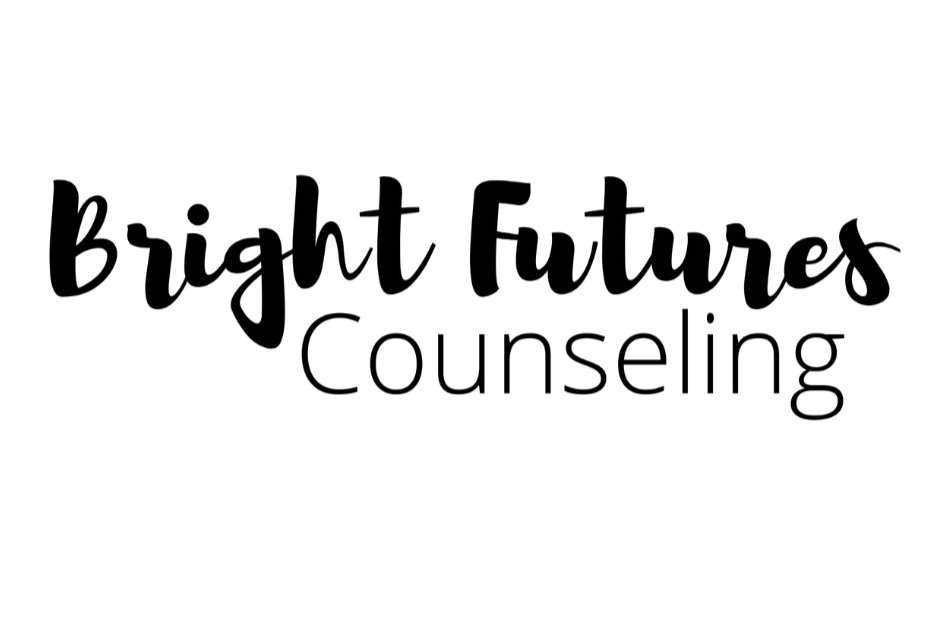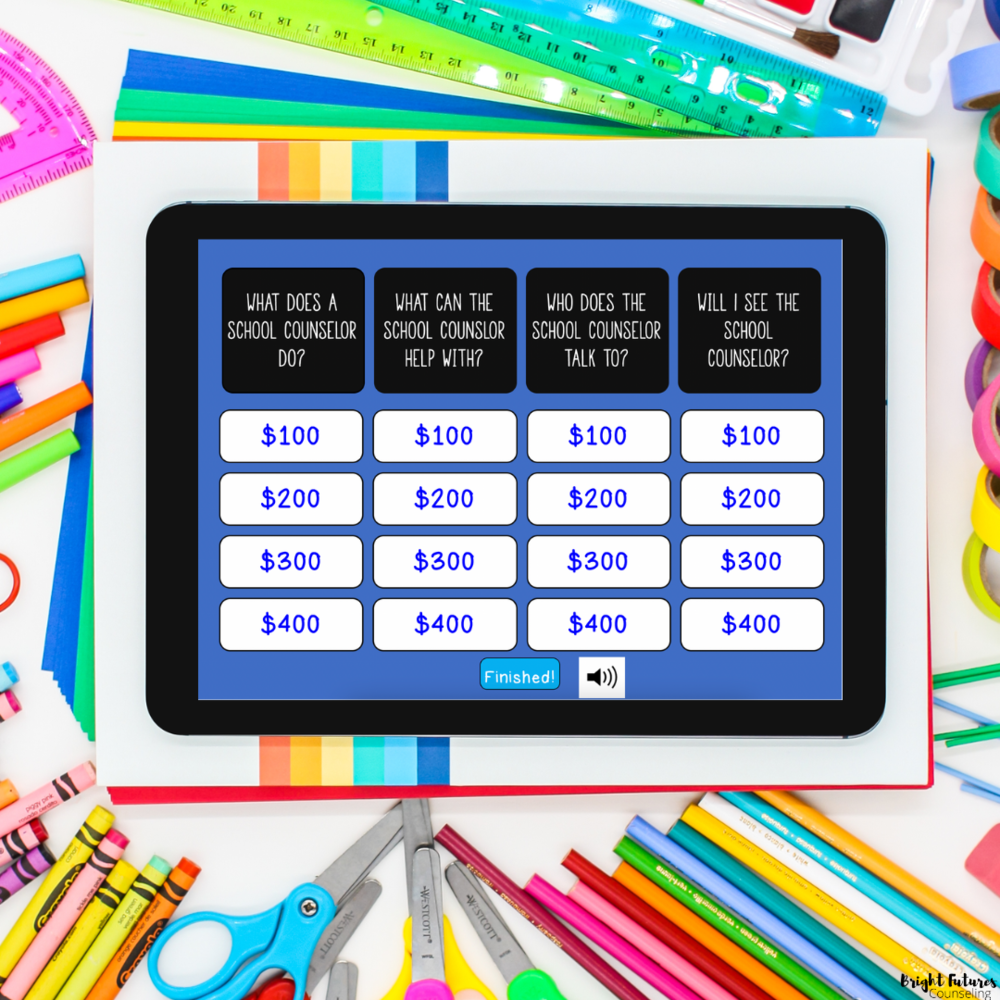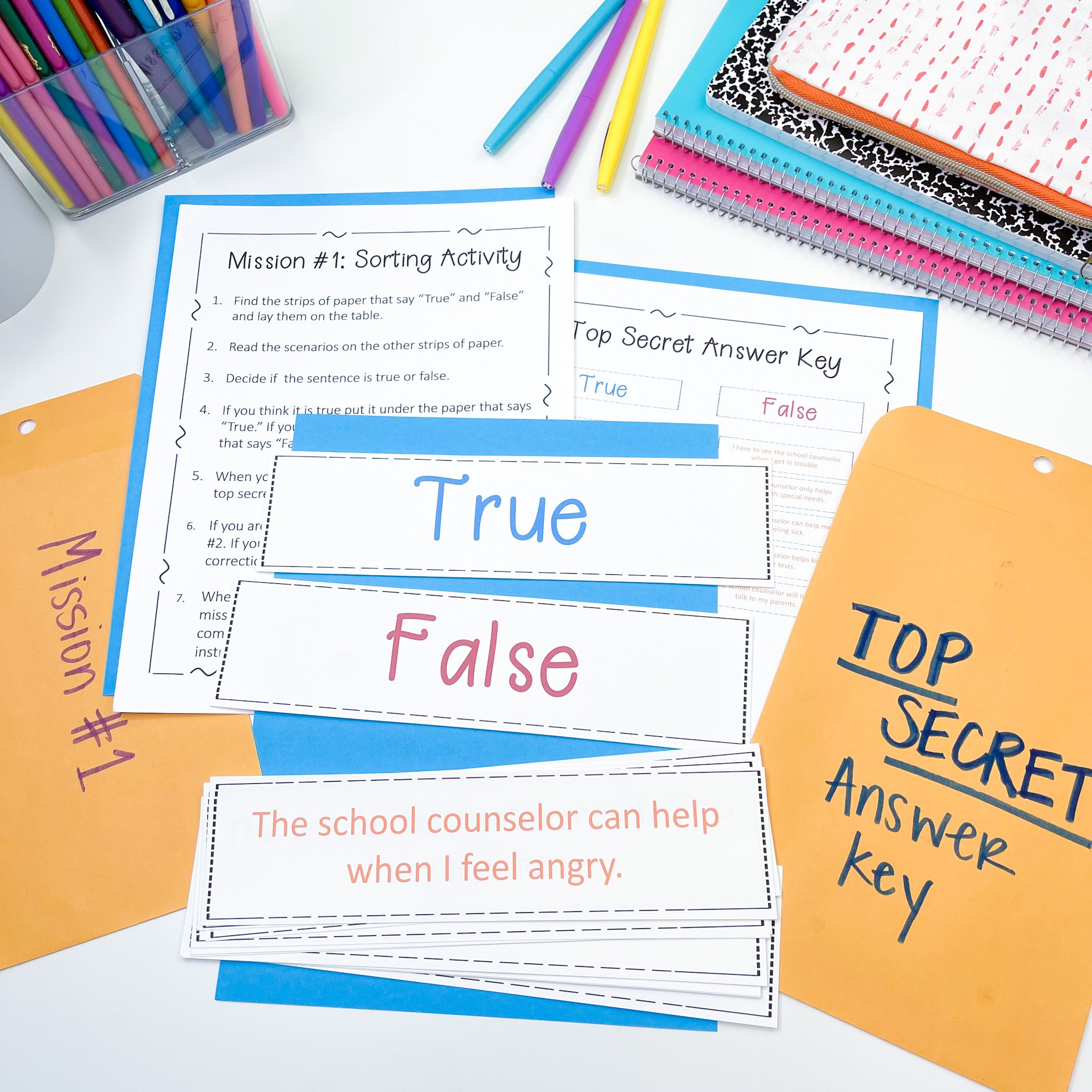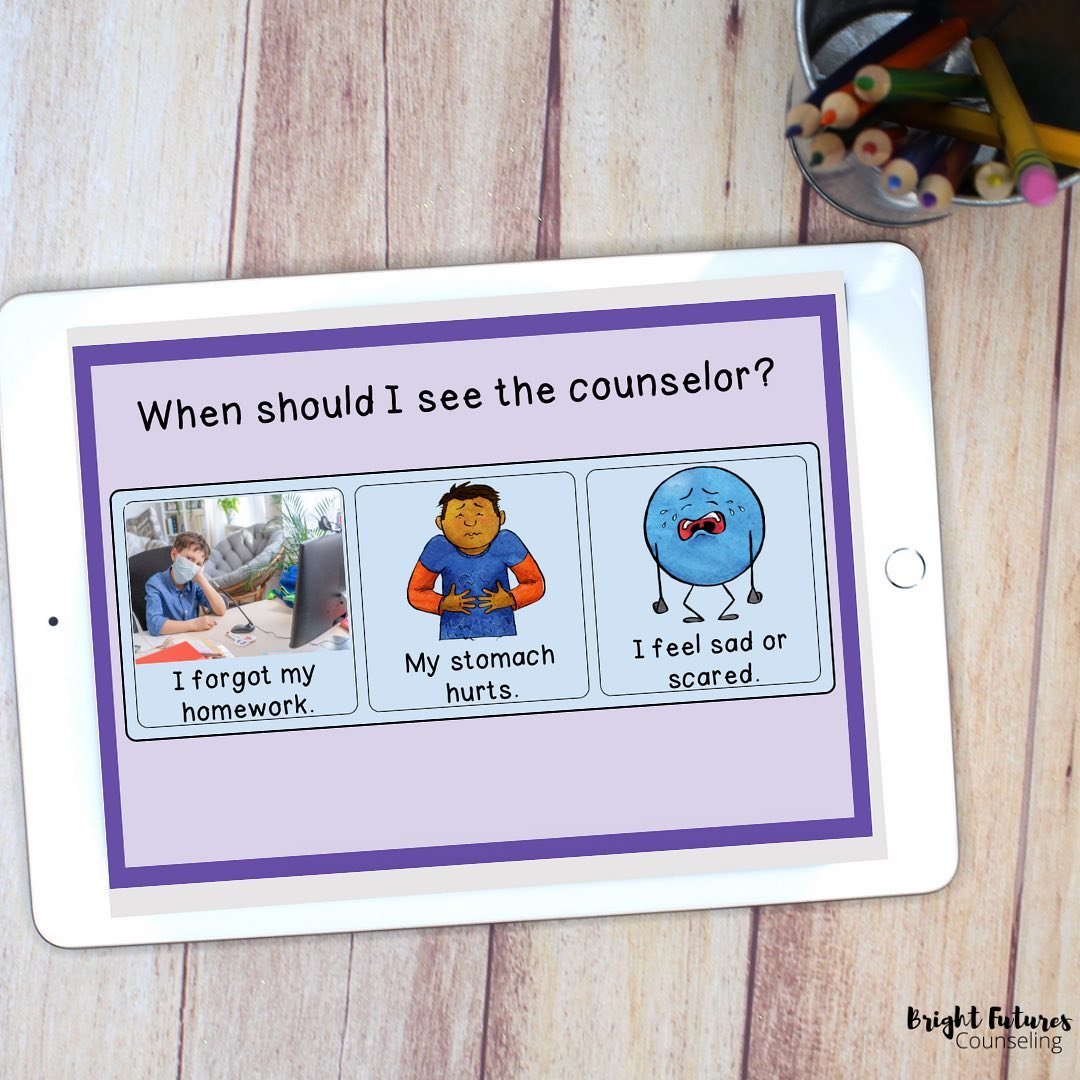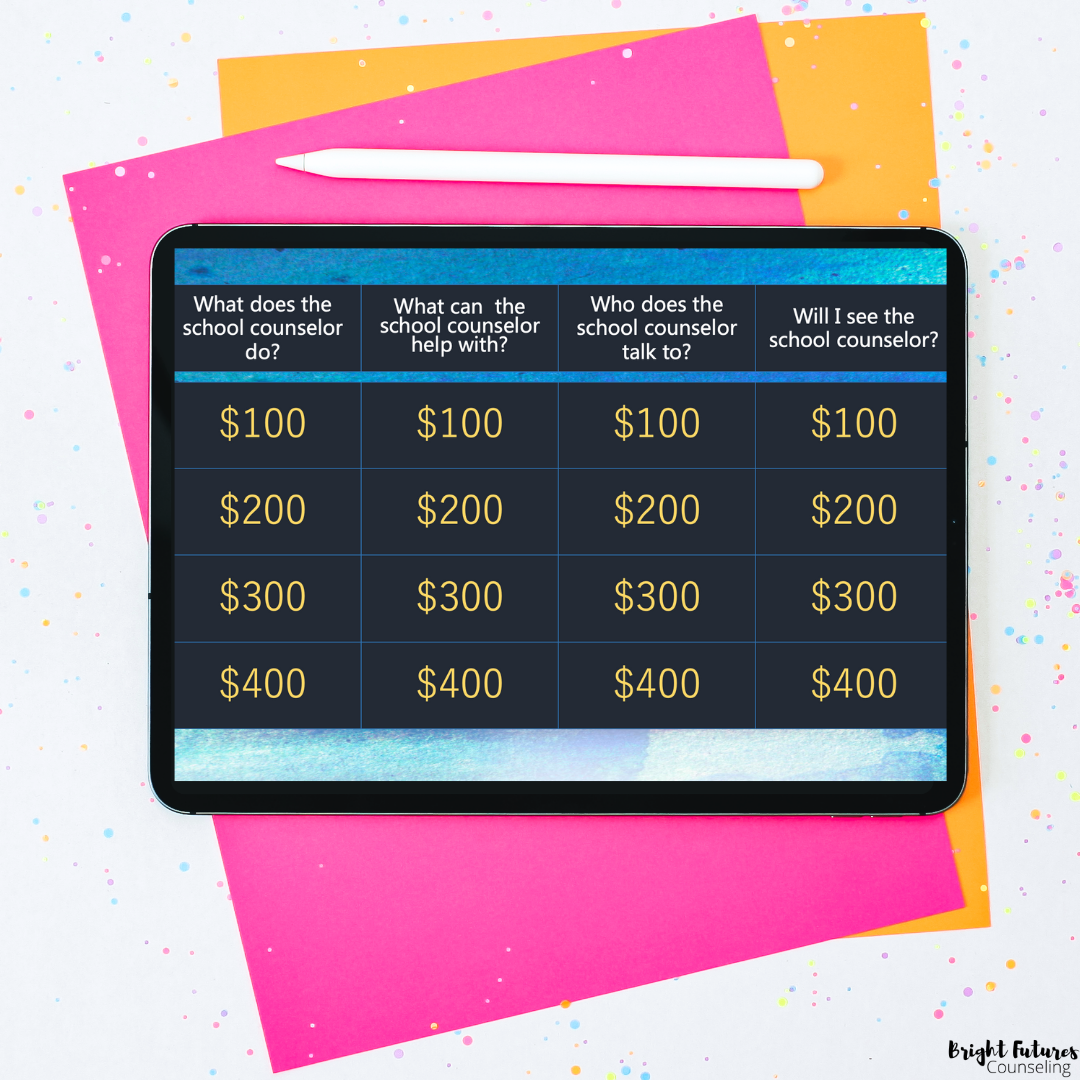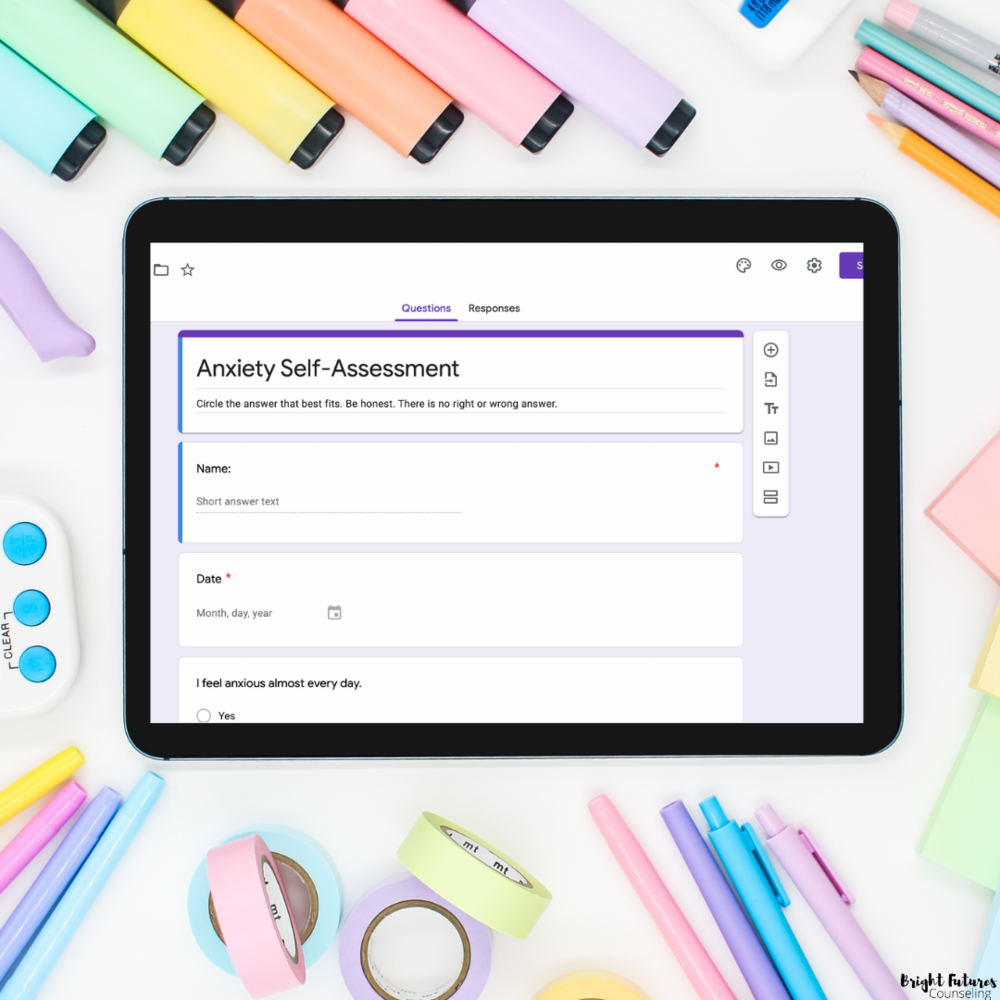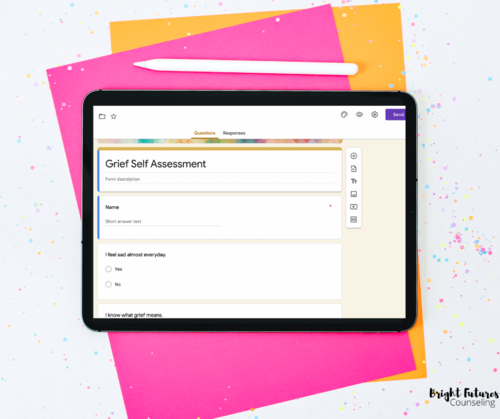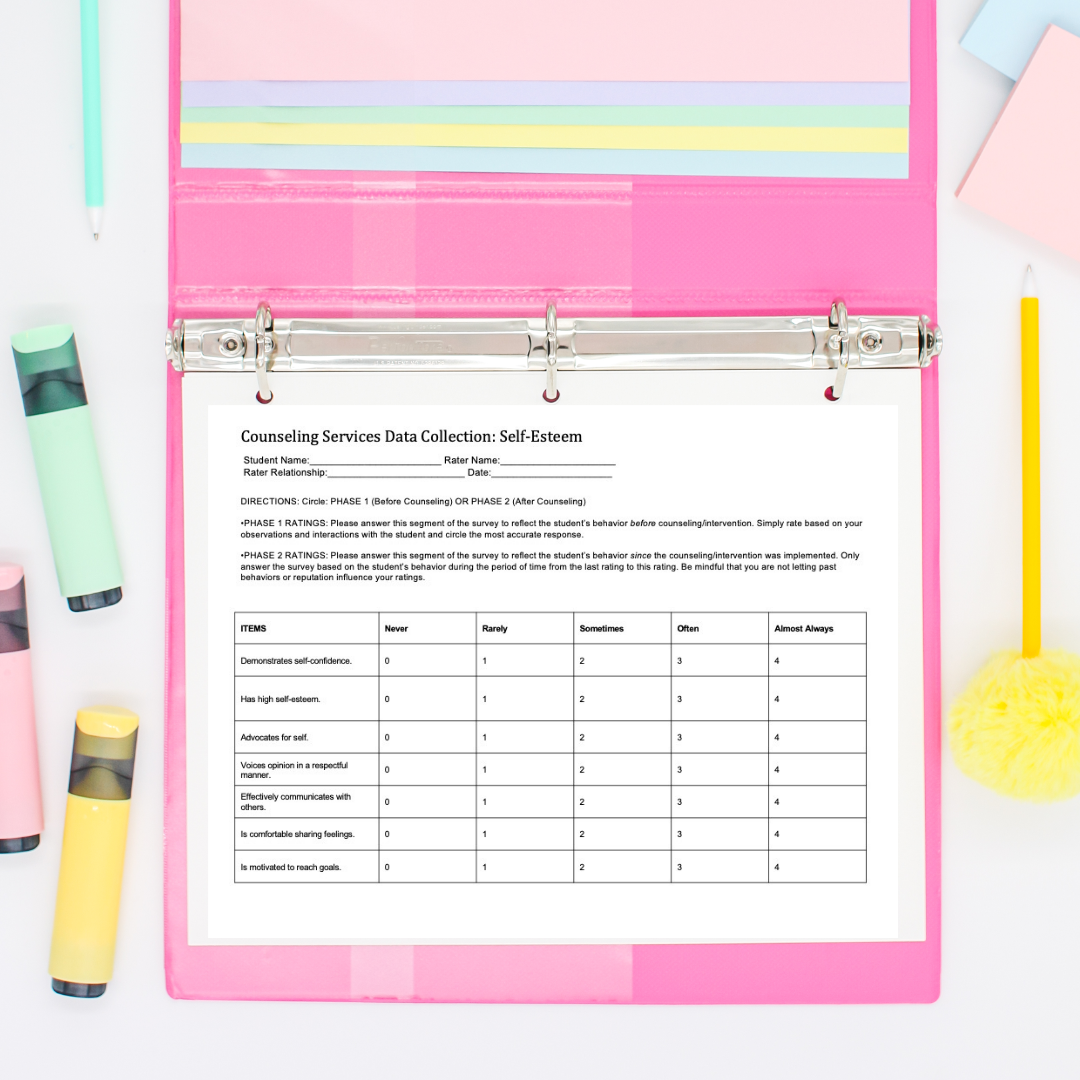How to Deliver MTSS Counseling Services Virtually
The core of your school counseling program is built around the three tiers of MTSS; class lessons for all students and more intensive intervention delivered through small groups and individual sessions.
According to ASCA, “School counselors implement a school counseling program addressing the needs of all students. Through the review of data, school counselors identify struggling students and collaborate with other student services professionals, educators and families to provide appropriate instruction and learning supports within an MTSS.”
But then of course there’s the 2020 twist. How do you deliver these services virtually? Below are ways to virtually build your program around the three tiers of school counseling with tips for implementing class lessons, small groups, and individual sessions.
Tier 1: Implementing Virtual Guidance Lessons
Teaching guidance lessons during virtual learning can seem challenging but you might actually have more options than before.
1. Teach live
This is the most similar to what you were previously doing. Screen share with an entire class and live teach a lesson. This way you can answer students' questions, tailor the lesson to fit individual class needs, and interact in real-time.
Benefits: The instruction and delivery are almost the same as they were before distance learning so it is familiar and consistent for the students.
Potential challenges: Classroom management is already tough but it can be especially difficult when teaching lessons virtually. Scheduling is another thing to consider. Finding an online time slot for each class requires a lot of planning on both the teacher's part and yours.
Looking for digital guidance lessons? Check out my bundle here.
2. Record yourself and send to teachers
This is the second-best option when it comes to teaching class lessons. You can plan ahead and record yourself teaching a lesson just as you were if you were in a classroom.
Benefits: You can prep and batch record your entire year's lessons to save time! Then you can repurpose the videos year after year. You don't have to mess with trying to fit into every teacher's schedule since they can present the lesson at their convenience.
Potential challenges: You can't modify the lessons for different classrooms or answer students' questions. By sending it to the teachers your content is reaching everyone, but you're missing out on the connection and relationship with students.
3. Record yourself and send to students
Similar to sending a lesson to teachers, you can send pre-recorded guidance lessons directly to students through Google Classroom. Assign it as individual "homework" and follow up in some capacity afterward.
Benefits: You can be certain that all students receive the lesson. By sending it directly to them you can start a dialogue with follow-up thoughts.
Potential challenges: Again there is a lack of connection and the chance that students don't complete the assignment. It's not ideal, but at least social-emotional lessons are reaching all students.
The first guidance lesson I always do is a “meet the counselor” introductory lesson. Check out this blog post for tips on how to implement a perfect one and download all of my meet the counselor activities here..
Tier 2: Implementing Virtual Small Groups
For small groups, you can either modify existing activities to use virtually (read how to in this blog post) or you can use digital resources to enhance your small groups. During a virtual group start with your typical group procedures, group rules and feelings check, then try using one of these digital activities.
Using Google as a Digital Resource
Independent Activities: Send students a Google Slides activity to do independently at home. Then when you are all in group together you can discuss and share them. Example: This would work well with a sorting game like this social filter game. Students try it on their own and then you discuss why they chose each response as a group.
Group Activities: Screen-share a Google Slides activity and have students tell you which responses to select as you discuss as a group. This is a great way for students to collaborate and work together like they would in person! Example: A drag and drop game like this coping strategies activity is great for a group to work on together in real-time.
Journal: Send students a Google Doc journal to write independently at home. After each group they can type in their journal reflection. Since the document is shared with you, you can read their responses and provide feedback.
Data Collection: Use Google Forms to send out self-assessments and surveys. It's a great way to collect data from your students and easily organize it in graphs and charts. Example: These self-assessments are simple for students to select their answers.
Using Boom Cards as a Digital Resource
Boom Cards are a super fun way to connect with students during a small group! I find them to be more engaging than Google Activities. Share your screen with students to play Boom Cards together. Flip through the slides and have them tell you which answer to select. Boom Cards give instant feedback on whether or not the answer is correct, then you can discuss further as a group. Example: Boom Cards, like these Self-Regulation ones,, are a fun way to review a recently learned concept. *** I recently added audio to all of my Boom Cards.
Check out all of my digital activities and Boom Cards here.
Tier 3: Implementing Virtual Individual Sessions
While it’s not the ideal setting, you can still deliver effective tier 3 interventions online. The following three tips will help you make the most out of your virtual sessions with individual students.
Make a Connection
Building rapport and establishing a connection with students is the most important part of individual counseling, whether you are online or in person.
Start off your sessions with discussion cards or a get to know you game. While Jenga is always my go-to game in person, you can have students roll an online die or choose a color to determine which "get to know you" questions you'll ask.
Really take the time to get to know your students and not only check-in on what skill they are working on, but on how they and their family are handling online learning as well.
Make it Fun with Activities
Individual counseling sessions can be more intimidating for students than group sessions. Help them loosen up by using engaging activities. Boom Cards are an online, interactive way to work on a skill while making it fun.
Collect Data
Your work with tier 3 students is the most intensive. You want to be sure to document and collect data so you can ensure that your students are making progress.
When I first started working with individual kiddos I floundered on what to do. I felt like I needed to be doing more than simply chatting while doing a puzzle. But the beauty of individual counseling is that healing happens in these moments. Having documentation of progress will help you feel more confident and less need to justify your process.
So how can you do this? Use student self-assessments and send out behavior progress monitoring forms to parents and teachers. Using Google Forms is an easy way to make data collection virtual!
I hope you now feel more equipped to deliver your MTSS counseling services in a virtual setting. Whether it’s in person or online, you are making a difference!
